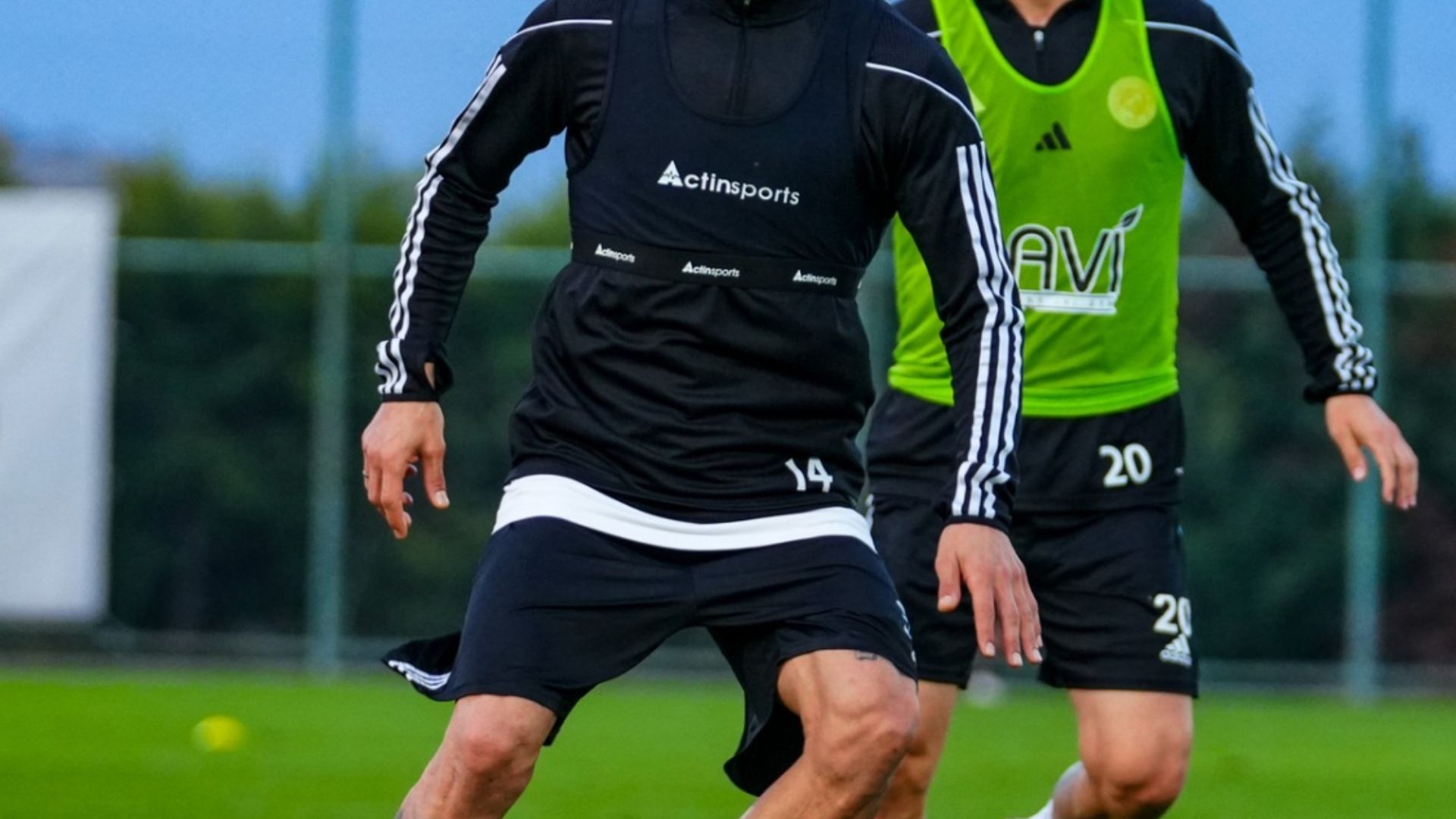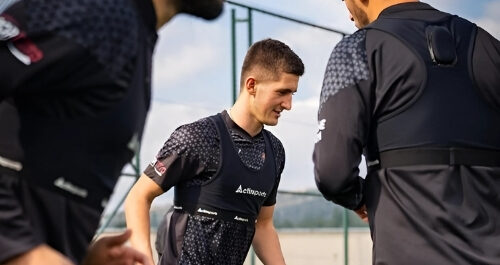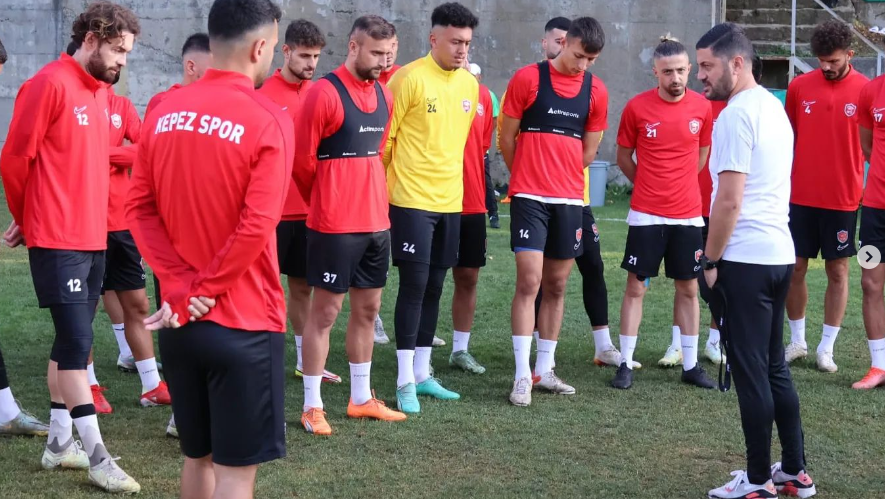Introduction
In modern football, data-driven performance analysis is revolutionizing the way teams train, compete, and manage player fitness. One of the most significant innovations in this space is the GPS vest, a wearable technology that provides real-time insights into a player’s workload, movement, and physical output. Football clubs at all levels, from grassroots to elite professional teams, are integrating GPS vests into their training and match-day routines to gain a competitive edge.
What Are GPS Vests?
GPS vests are lightweight, fitted garments embedded with GPS tracking devices and sensors that collect detailed player movement and performance data. These vests track key metrics such as:
- Total distance covered during a match or training session
- Top speed and acceleration patterns
- Sprints and high-intensity efforts
- Heart rate and exertion levels
- Fatigue and recovery indicators
This data helps coaches and sports scientists analyze player performance, optimize training loads, and reduce the risk of injuries.
How GPS Vests Are Transforming Football
1. Performance Optimization
GPS vests provide valuable insights that help coaches tailor training programs to individual players’ needs. Key benefits include:
- Identifying peak performance periods and training intensity adjustments
- Monitoring aerobic and anaerobic capacities
- Enhancing tactical positioning by analyzing movement heatmaps
2. Injury Prevention and Load Management
One of the most critical applications of GPS vests is injury prevention. By tracking workload and fatigue levels, teams can:
- Prevent overuse injuries by monitoring Acute:Chronic Workload Ratio (ACWR)
- Detect signs of player exhaustion before injuries occur
- Customize recovery programs based on workload data
3. Tactical and Strategic Analysis
Beyond physical performance, GPS vests offer positional and tactical insights. Coaches can analyze:
- How players occupy space and move off the ball
- Sprinting trends during pressing and counter-attacking
- Efficiency of tactical formations based on movement patterns
4. Data-Driven Decision Making
Football is becoming increasingly data-oriented, and GPS vests contribute to informed decision-making by:
- Assisting in substitution planning based on player fatigue
- Evaluating training intensity vs. match-day performance
- Comparing player workload across different games and training sessions
Who Uses GPS Vests in Football?
GPS technology was initially used by elite clubs, but it has now become accessible to teams at all levels. GPS vests are widely utilized by:
- Professional football clubs in leagues like the Premier League, La Liga, and Bundesliga
- National teams preparing for international tournaments
- Youth academies and grassroots teams looking to enhance player development
- Amateur and semi-pro teams adopting modern training techniques
The Future of GPS Vests in Football
As technology advances, GPS vests will continue to evolve with features like:
- AI-driven performance insights for predictive analytics
- Integration with biometric monitoring (hydration levels, muscle oxygenation, etc.)
- Real-time tactical adjustments using live GPS tracking on the sidelines
Conclusion
GPS vests have become an essential tool in modern football, providing unparalleled insights into player performance, injury prevention, and tactical execution. By leveraging this technology, teams can train smarter, reduce injuries, and maximize match-day effectiveness. As football continues to embrace data-driven decision-making, GPS vests will remain a cornerstone of high-performance training.
Looking to enhance your team’s performance tracking? ActinSports offers cutting-edge GPS vest solutions tailored for football teams at all levels. Learn more at ActinSports.



